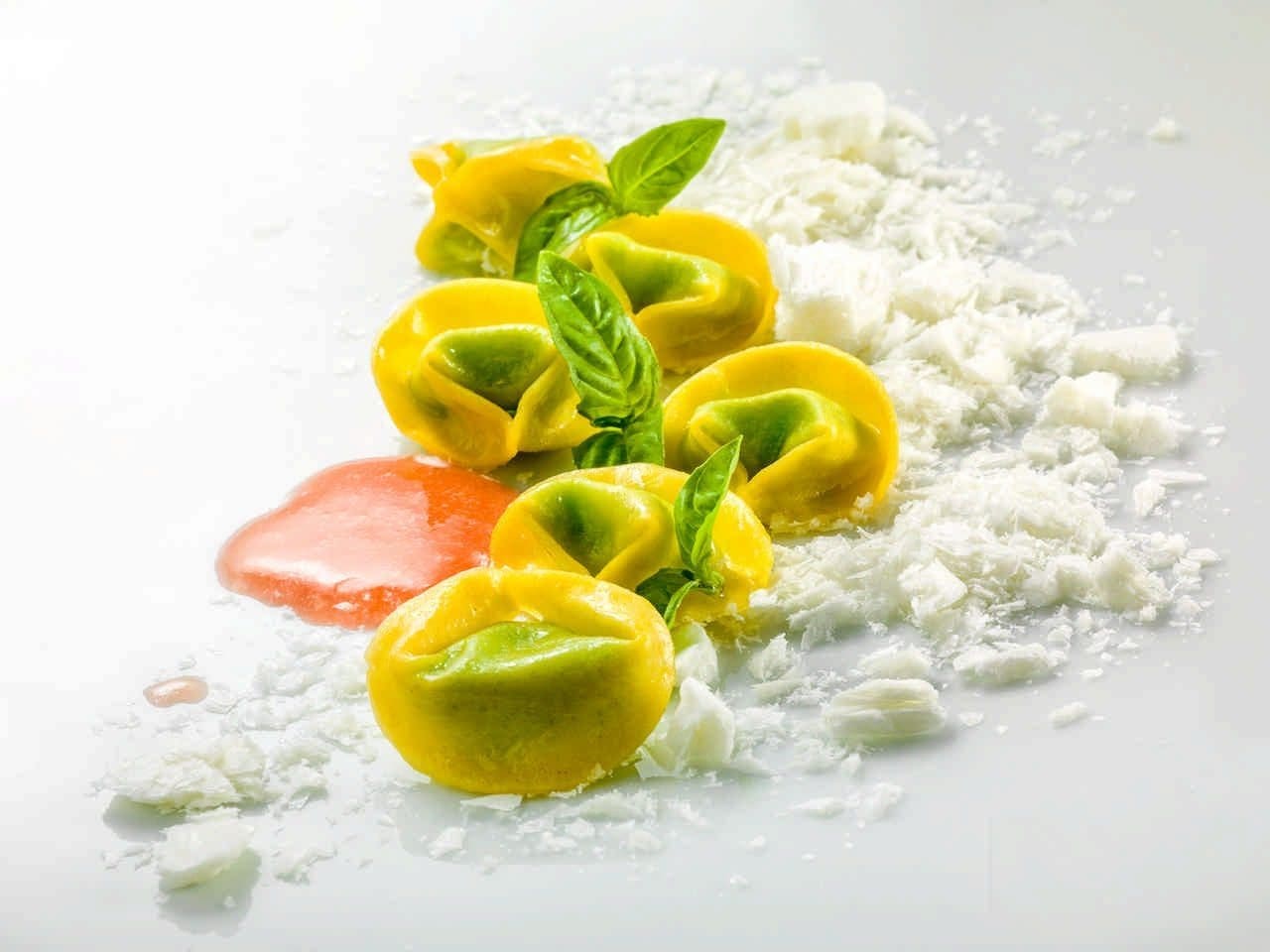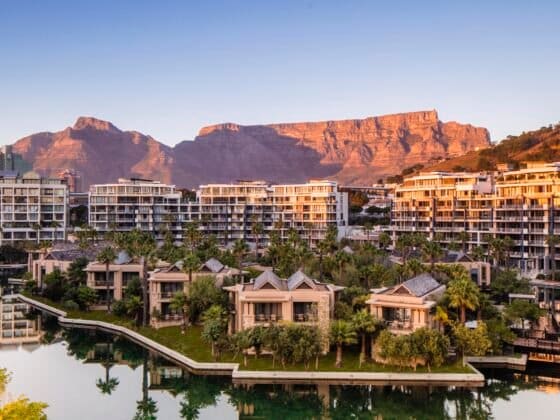Regularly mentioned amongst the world’s most beautiful hotels, the Rome Cavalieri offers panoramic views of the historic city of Rome. Spanning over 15 acres of beautiful Mediterranean gardens, the hotel is located just three kilometers from the Vatican City and five kilometers from the picturesque city center. Offering some of the world’s most exquisite and iconic architecture, the property prides itself on its first class service, cutting-edge facilities, incredible spa and Michelin Star Chef Heinz Becks’ La Pergola. It also boasts an art gallery curated by some of the world’s most revered art critics.
Recognized by the World Travel Awards as both Italy and Europe’s Leading Luxury City Resort, the Rome Cavalieri is a property that ticks all the boxes and goes above and beyond to offer its guest the most exclusive experiences possible. Guests can, enjoy a thrilling supercar experience, explore Rome with the City Navigator tour guide or even challenge themselves to some Gladiator training.
Privacy and bespoke experiences are becoming critical aspects of the UHNWI lifestyle and properties around the world are creating new products to satisfy this demanding clientele; The Penthouse is the Rome Cavalieri’s answer to these needs. Located on the hotel’s executive floor, this 250 square-meter suite is redefining the concept of luxury in the hospital industry. Boasting the ultimate amenities as well as a level of luxury rarely seen in European hotels it also features its own private 200 square-meter panoramic roof gardens.
The décor of the suite is an exclusive blend of antique and modern in the grand tradition of Italian refinement. Guests have the opportunity to enjoy, in the comfort of their suite, essential works of art, such as a series of Andy Warhol paintings; armchairs and sofas, acquired by auction at Sotheby’s in Monte Carlo, that once adorned Karl Lagerfeld’s Paris home.
The Penthouse’s bathrooms feature precious marble panels embellished with a malachite inlay. The taps are made of Swarovski Bohemian crystal, and the power shower boasts a tropical mist revitalizing sessions option that can be complemented with chromo-therapy and aromatherapy.
Regarding technology, the hotel has brought together the latest products to ensure that the entertainment system of the suite surpasses the standards of hospitality. We are talking LED TV 65″ full HD with media hub in the living room, LED TV 55″ full HD with media hub in the bedroom and LED TV full HD in the bathroom.
By booking The Penthouse guests enjoy the unique privilege to access the roof garden via the rare wood-paneled staircase in the drawing room. In the peace haven, guests will have the opportunity to relax in a gazebo, a solarium and a whirlpool for discreet sunbathing or a strictly private party behind a protective wall of bullet-proof glass.
“Stress-relief was a major consideration for the designers of The Penthouse. Pinpoints of optic fiber lights set in the ceiling twinkle over the whirlpool to offer an exclusive view of the dome of St. Peter’s and the Eternal City. And for those who adopt a more energetic approach to well being, space has been allocated for the guest’s own private gym fitted with a personalized choice of equipment”
A short step from the private roof garden brings guests directly to their priority-reserved table in the 3-star Michelin restaurant “La Pergola.” Signé sat with celebrity Heinz Beck to learn more about his Roman projects and his discovery of Italy.

What are the “Golden Rules” of Cooking, or the “Italian” food rules you follow?
I can tell you which are my food rules: seasonality, excellent raw ingredients, technique, and passion.
What do you cook for yourself when you’re not at La Pergola?
I love eating fruits and vegetables. I like meat but prefer fish. I love pasta with freshly made tomato sauce and basil leaves. My favorite dishes are made with vegetables, minestrone (vegetable soup) and a typical Sicilian dish, pasta with tenerumi (the most tender leaves of zucchini) prepared by my mother-in-law.
You’re regarded as one of the best chefs in the entire world. What is the most challenging part of cooking?
On one hand, to study the raw materials and understand the best technique to enhance their properties without denaturalizing them. On the other hand to anticipate Guests’ needs as well as meet their expectations giving them the possibility to enjoy a complete dining experience without scarifying taste.
What are the challenges you have encountered as a chef in Rome?
I did not speak Italian at all. I had to study a lot to learn it and feel confident with the language. Regarding the cuisine, I remember it was encouraging to put into practice what I had learned through the books I studied and to get in touch with such excellent raw ingredients.
How would you suggest a foreigner who is new to Rome approach Italian cuisine?
To visit local restaurants and eat typical Italian and Roman cuisine according to different districts of the city. For example, I would suggest eating Roman-Jewish fried artichokes in the Roman ghetto or rigatoni with pajata (pasta with baby lamb intestines) in Testaccio.
Where do you get your inspiration from?
From everything surrounds me. Inspiration can come from music, art, landscape, it could be anything. Allow me to tell you a short history behind one of my dishes: when I opened my restaurants in Tokyo, some years ago, I spent one night in a ryokan in Kyoto. I woke up in the morning, and I was in front of a water garden. It gave me a feeling of peace and tranquillity, well-being. When I came back it Rome, I created a dish called “Water garden”. The dish consists of zucchini purée, carpaccio of shrimps covered with tapioca pearls cooked in an infusion of herbs. When you look at it, the dish has a greenish color with all the reflections given by tapioca pearls, like the breeze that passes over the water and makes it move slightly. Above it is then decorated with flowers, herbs, and caviar, which are rocks that come out of the water garden. It’s a very nice dish.
What do you look for when choosing where to improve the profile of your cuisine?
Primary focus on health and respect for ingredients as well as on innovation through modern techniques and equipment.
What are you like in the kitchen?
Concentrated, precise and very exigent.
What’s your biggest dining pet peeve when you visit other restaurants?
Honestly, I rarely have time to eat in different restaurants. When it happens; I try to relax and to thoroughly enjoy my dining experience.
What do you think is really exciting about the fine dining world right now?
“If we look all around us, we know so many people with health problems. Cooking healthy and tasty food is possible, and I think that is the key to living longer and better”
I’m happy to see many chefs of excellent dining restaurants interested towards healthy nutrition. If we look all around us, we know so many people with health problems. Cooking healthy and tasty food is possible, and I think that is the key to living longer and better.















